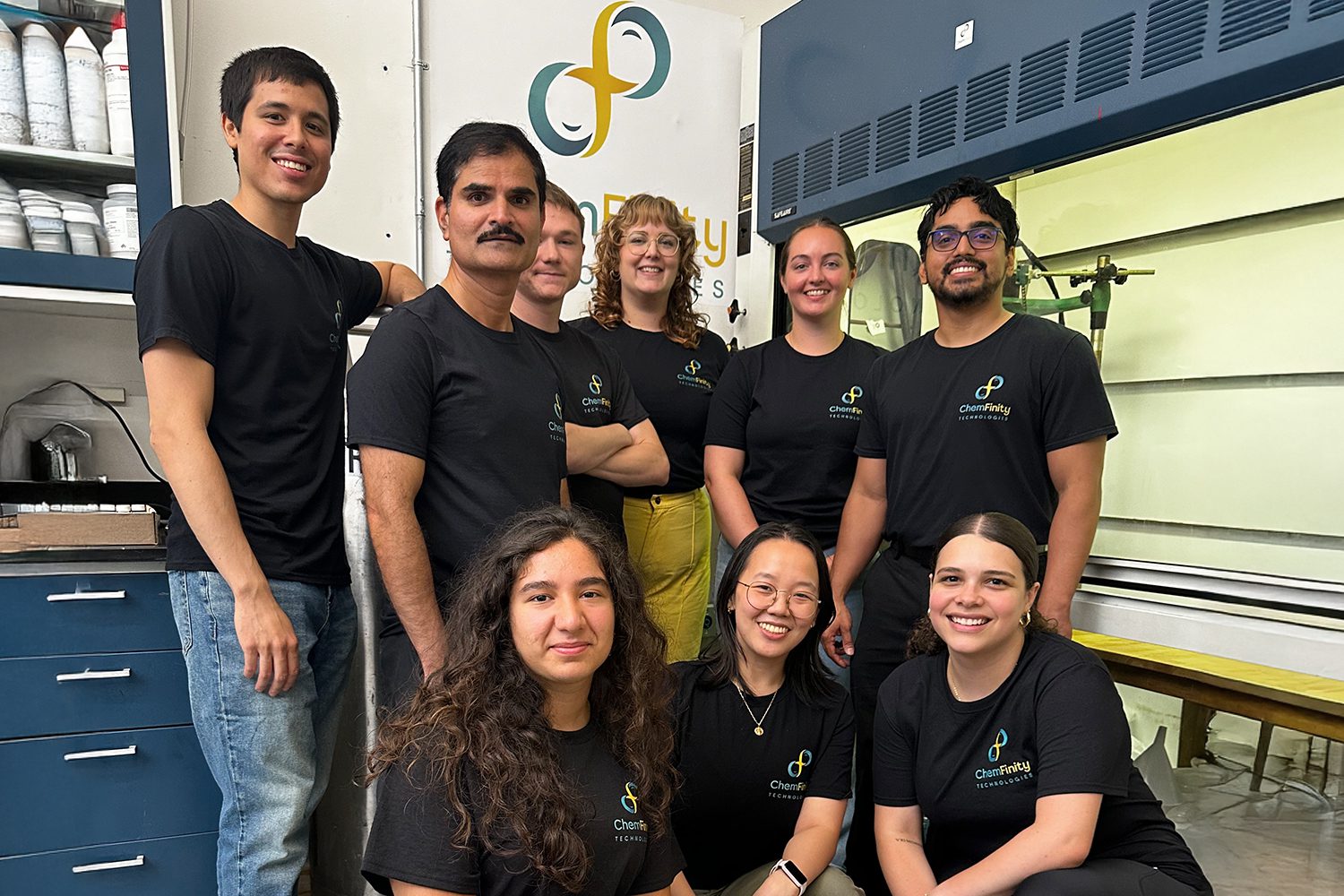That challenge is why Breakthrough Energy founder Bill Gates developed a framework for approaching any conversation about climate change that sets new technological advances, tools, and policy ideas into context—whether he’s reacting to an investment pitch or talking to a friend at a barbecue.
Here are Bill’s “Five Questions to Ask” anytime climate is being discussed.
1. How much of the 51 billion tons are we talking about?
To understand the impact of an idea or innovation, we need to know how much it will help us reduce annual global greenhouse gas emissions. One way to set the big numbers into context is by evaluating the impact of a policy or technological idea based on the percentage by which it would reduce emissions at scale. For example, if an idea claims to reduce emissions by 17 million metric tons of greenhouse gas emissions, that actually only represents around .03 percent of what we emit globally every single year. We need a frame of reference to evaluate how much an idea is going to help us achieve the goal of net-zero emissions.
2. What's your plan for cement?
Nearly everywhere you look in developed countries, we rely on cement—to build our buildings, pave our roads, and provide a strong foundation for a range of infrastructure. Modern cities require a great deal of cement, and we are building more cities all the time. The problem is, the process of creating cement produces a lot of carbon dioxide. In fact, making steel and cement accounts for nearly 10 percent of global greenhouse gas emissions. That means we won’t eliminate emissions unless our climate solutions also include a way to deal with cement.
3. How much power are we talking about?
Clean energy sources will only become the norm if they can meet the power requirements of our modern lives—and the “wattage” terminology can be confusing. When evaluating the amount of power a technology can provide, one shorthand to consider is that a Kilowatt is roughly equal to a house, a Gigawatt is roughly equal to a city, and 100+ gigawatts is roughly equal to a big country.
4. How much space do you need?
Wind and solar are hugely important advances that make a lot of sense in some places—but they also take up a lot of real estate and don’t work where there isn’t a lot of wind or sunshine most of the year. And all things being equal, solar takes up less land than wind to produce the same amount of energy. So, we have to consider how much space it will take to house and operate new innovations and tools, whether it’s for energy generation, storage, or transmission.
5. How much is this going to cost?
Climate solutions are only going to work if they can generate a great deal of power at the same cost, or for less, than current energy sources do. But, because the cost of our current energy sources ignores the cost of the long-term damage they cause by emitting greenhouse gases, these energy sources are currently the least expensive options available, by far. When evaluating energy solutions, we can use the Green Premium, the difference in cost between the clean energy option and the greenhouse gas-emitting option, to help us decide which low-carbon technologies we can deploy now and where we need more breakthroughs. Until we drive the Green Premium close to zero, we can’t expect consumers to adopt the clean options we need to reduce emissions overall. We can do that by sufficiently driving up market demand for clean technologies so their prices fall, or by appropriately pricing the cost of the damage caused by greenhouse gas-emitting technologies, or, preferably, by doing both.







